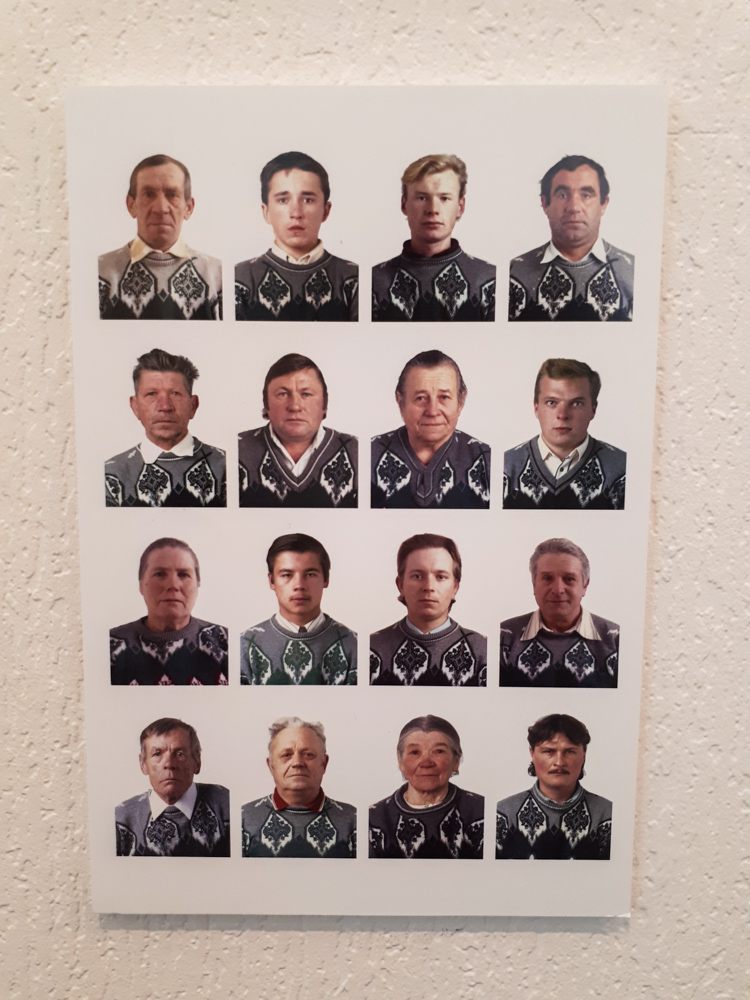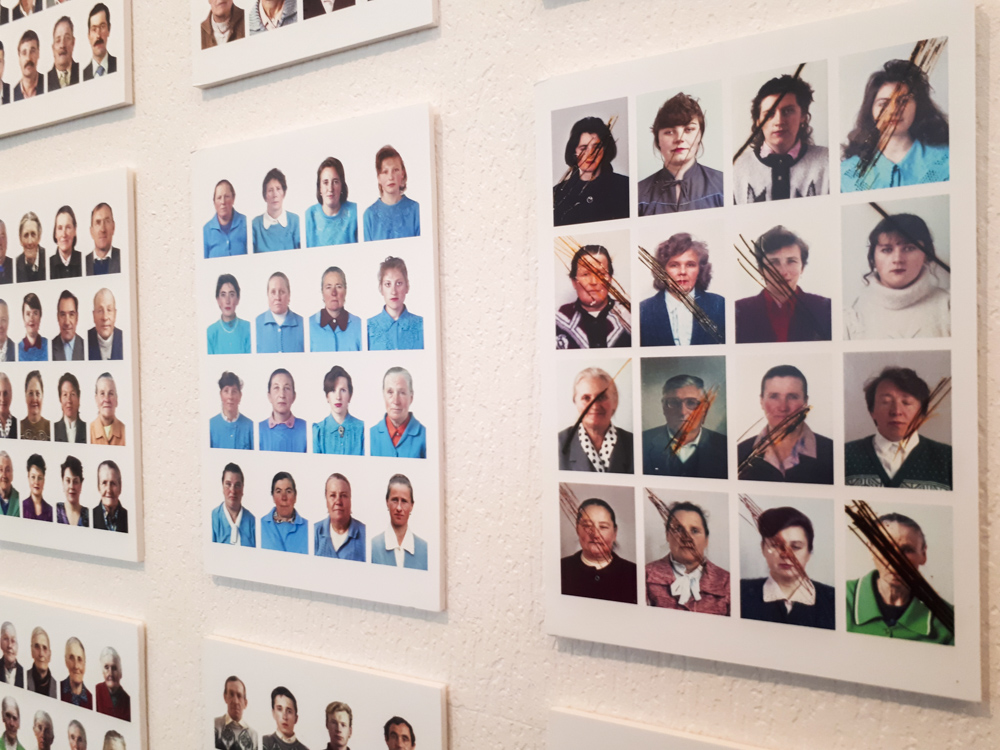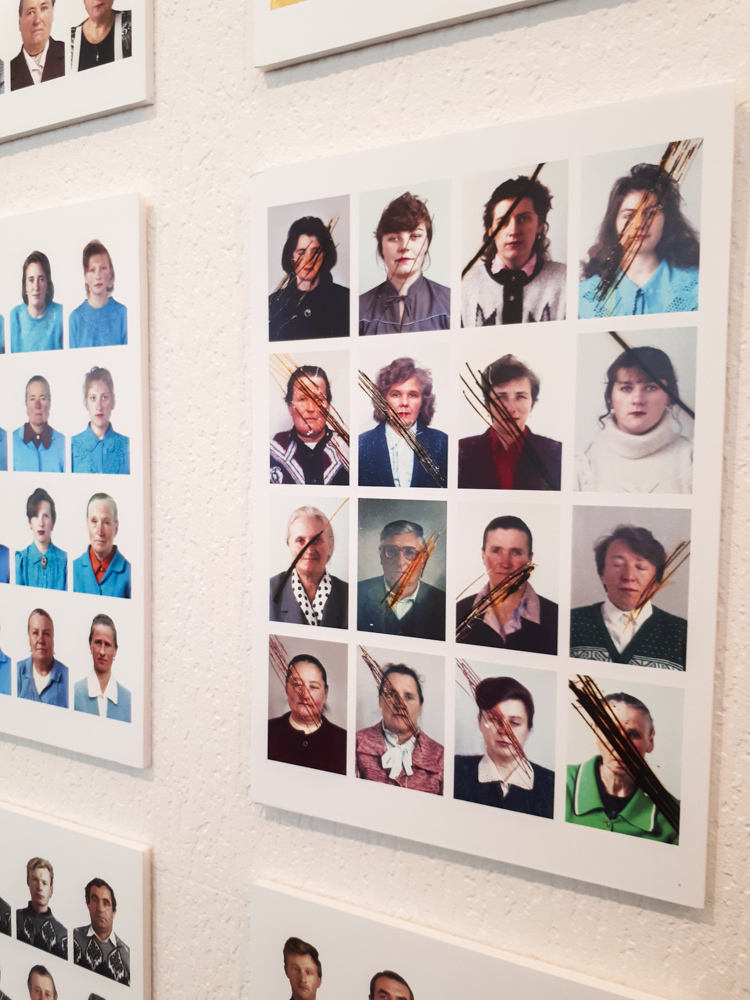





Back in 1995, photographer Vadym Kozlovsky traveled far and wide across Tulchinsky district of the Vinnytsia region, busy with a routine related to art very remotely: took villagers’s passport photos. The majority of Kozlovsky’s models were elderly: younger generation did not stay in villages, moving to big cities in search of a new happier life. Kozlovsky kept all negatives, several thousand of them, rolled in a huge scroll. For seventeen years this roll laid in the attic, undisturbed.
Finally, Kozlovsky, not having a specific aim, has decided to digitize the archive. “I just wanted to remember those distant times, but, having started to scan the negatives, I was positive that my impatience will prevent me from completing the task.” - says the artist. “But with each new frame it became more interesting for me, so I just kept going”. He stared at the pictures, studied the details of faces, clothes. Women faces were full of longing and wisdom, some with traces of obedience. Some women were indifferent in what to wear for picture-taking, others primped diligently, even to the extent of putting the earrings on. Mens faces carried the seal of daily hard work, apathy, or, on the contrary, excitement. Often they looked overtly aggressive. Looking through his archive, Kozlovsky couldn’t help but realizing that he’s unconsciously looking for the facial traits of his parents, passed away long time ago. Most of the people photographed by him are no longer among the living, taken away by the inexorable flow of time, and the only proof of their existence is in these colored rectangles. Is this really it? Yes, that’s it.
“General classification” has interesting connections with other works both from inside and from beyond the Naphthalene. Among “external” ones - the shocking documentary series “Passport photos” by Alexander Chekmenev, created in Donbass about the same time as Kozlovsky archive. Yet, while Chekmenev’s work immerses the spectator into the abyss of old bones living, giving no choice, no hope, Kozlovsky series is far from being so straightforward. Intentionally leaving the beggarly life conditions behind the scenes, the artist suggests we should read from the book of human face. On top of this, his characters are not needed neither for their relatives, nor for the state. This refusal bears an important parallel with Mariia Gelman’s “Transparency”. Another “external” analogy is possible with John Baldessari’s 1974 project “Portrait (I) # 1 as a control copy + 11 variations” in which the American conceptualist classic retouched his own passport photo. Finally, if we view Kozlovsky’s work as a typology exercise, we can't help but recalling the glossy and pathetic typology of Igor Gaidai’s “Ukrainians”.
